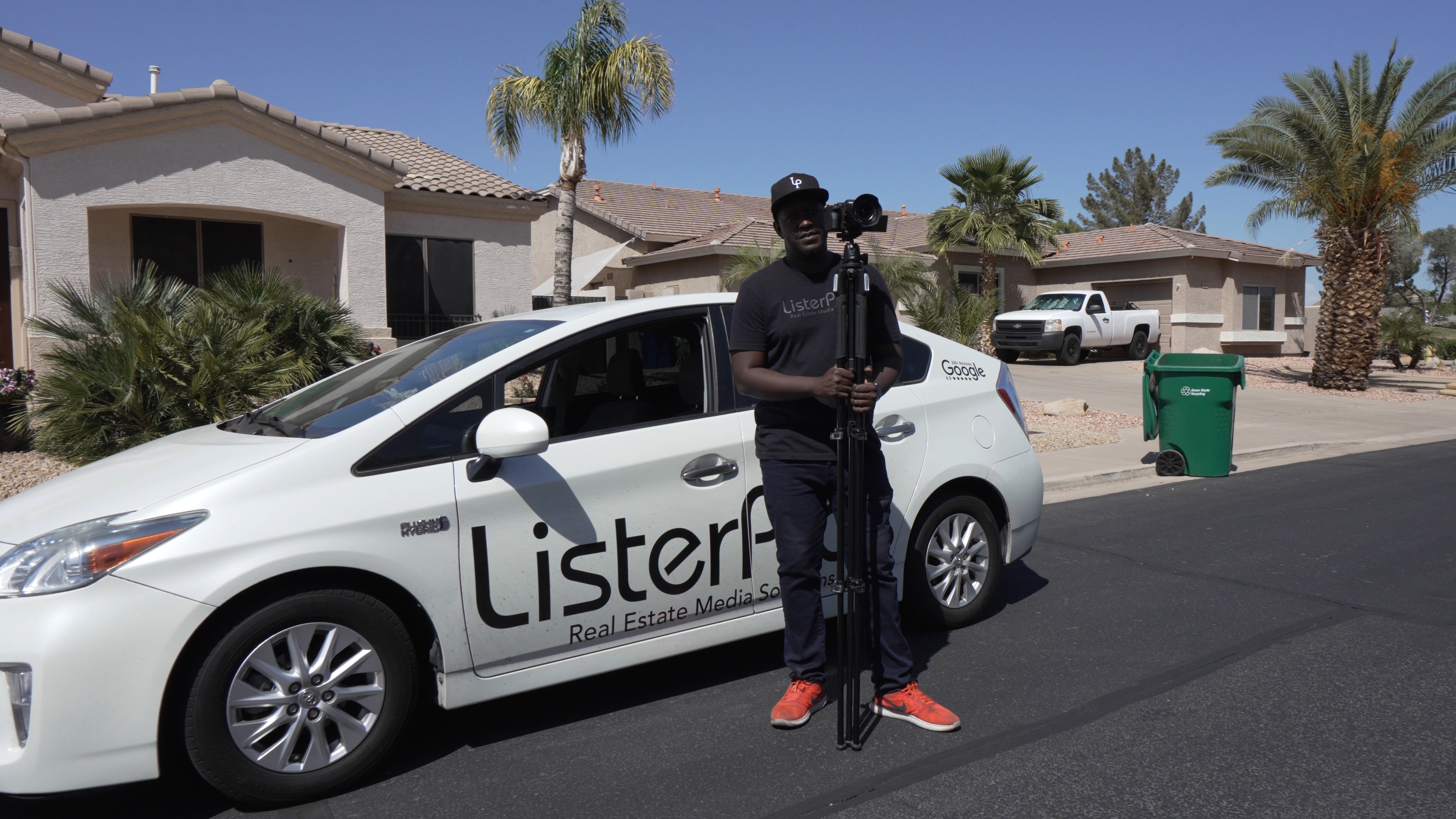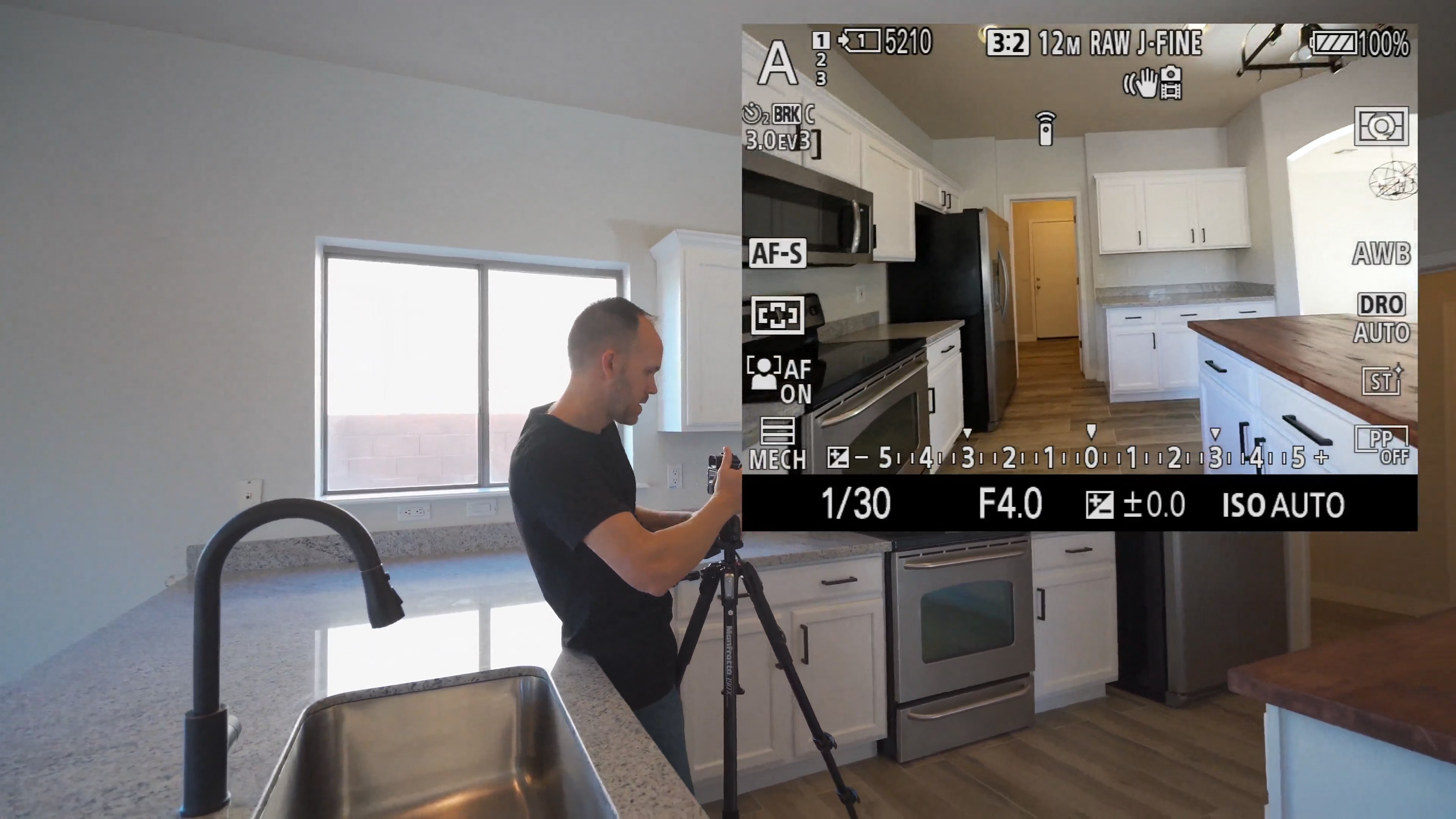Mastering Lighting for Real Estate Photography

Real estate photography is all about capturing the best features of a property, and lighting is a crucial aspect of this process. A poorly lit space can appear dull, uninviting, and even smaller than it actually is. On the other hand, the right lighting can create an atmosphere that feels warm, inviting, and spacious. As a real estate photographer, mastering lighting is essential to create visually appealing and effective images. In this article, we'll explore some tips and techniques for mastering lighting for real estate photography.
-
Use natural light: One of the best ways to master lighting for real estate photography is to use natural light. This means opening windows, doors, and curtains to let natural light flood into the room. When possible, schedule your photoshoot during the day when the natural light is the brightest. However, keep in mind that direct sunlight can create harsh shadows, so try to avoid shooting when the sun is directly shining into the room.
-
Avoid harsh shadows: Harsh shadows can make a room appear uninviting and small. To avoid this, try using a diffuser to soften the light. A diffuser can be anything from a white sheet to a professional diffuser. Simply place the diffuser between the light source and the subject to soften the light and reduce harsh shadows.
-
Use artificial lighting: When natural light is not enough or not available, using artificial lighting can be an effective solution. However, be sure to avoid using too many lights, which can create harsh and contrasting shadows. Also, consider investing in a softbox or light modifier, which can create softer and more natural-looking light.
-
Create a balance: It's essential to create a balance between natural and artificial light to make a room look warm and inviting. One of the best ways to create this balance is to use a combination of natural and artificial light sources. For instance, you can use a flash or artificial light to balance out the natural light or to highlight specific features of the room.
-
Don't over-edit: Over-editing photos can make them look unnatural and uninviting. When editing your photos, be sure to keep the colors and tones natural and realistic. You can adjust the brightness, contrast, and saturation, but keep in mind that subtlety is key.
In conclusion, mastering lighting for real estate photography is all about creating a balance between natural and artificial light sources, avoiding harsh shadows, and keeping the edits subtle. By following these tips and techniques, you can create visually appealing and effective real estate photos that showcase the property's best features and create a warm and inviting atmosphere.
.jpg?width=50&name=242700170_10225035040690466_6890663067681674799_n%20(1).jpg) By
By


